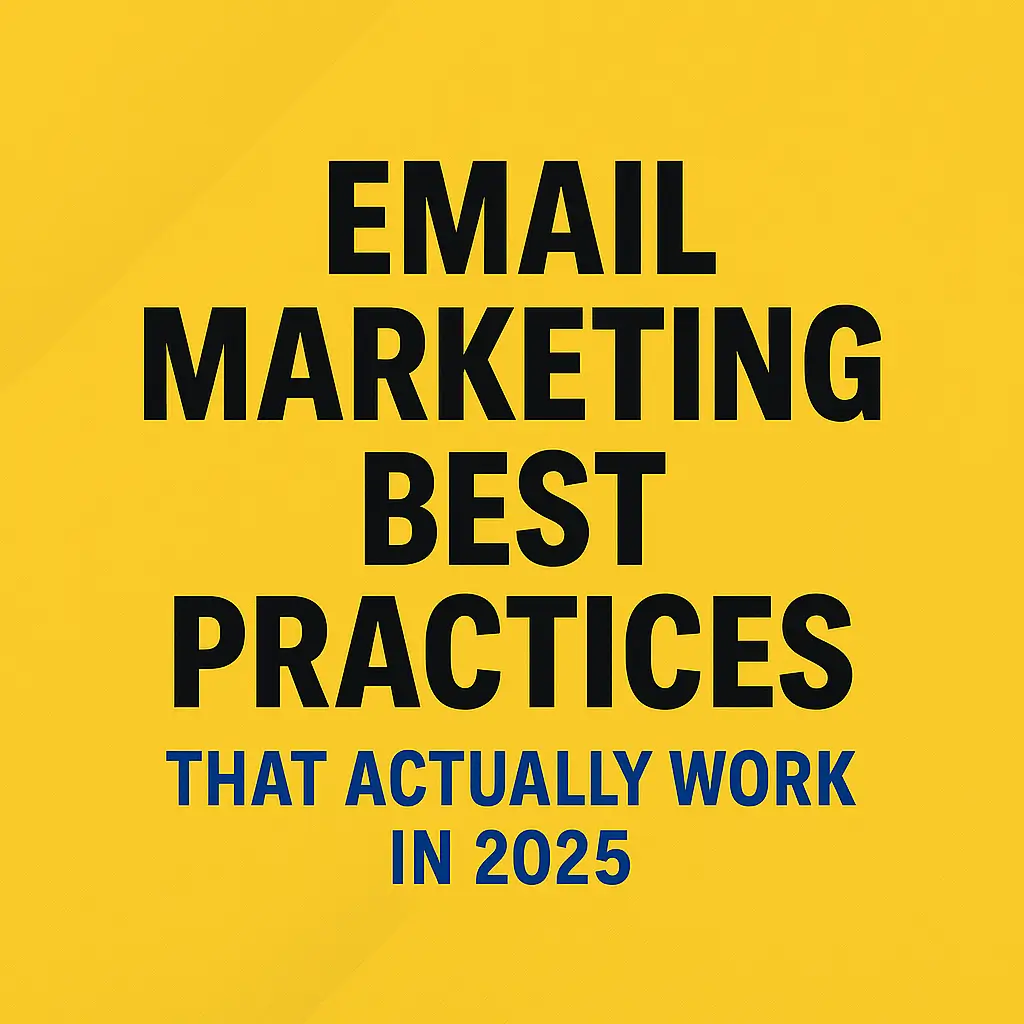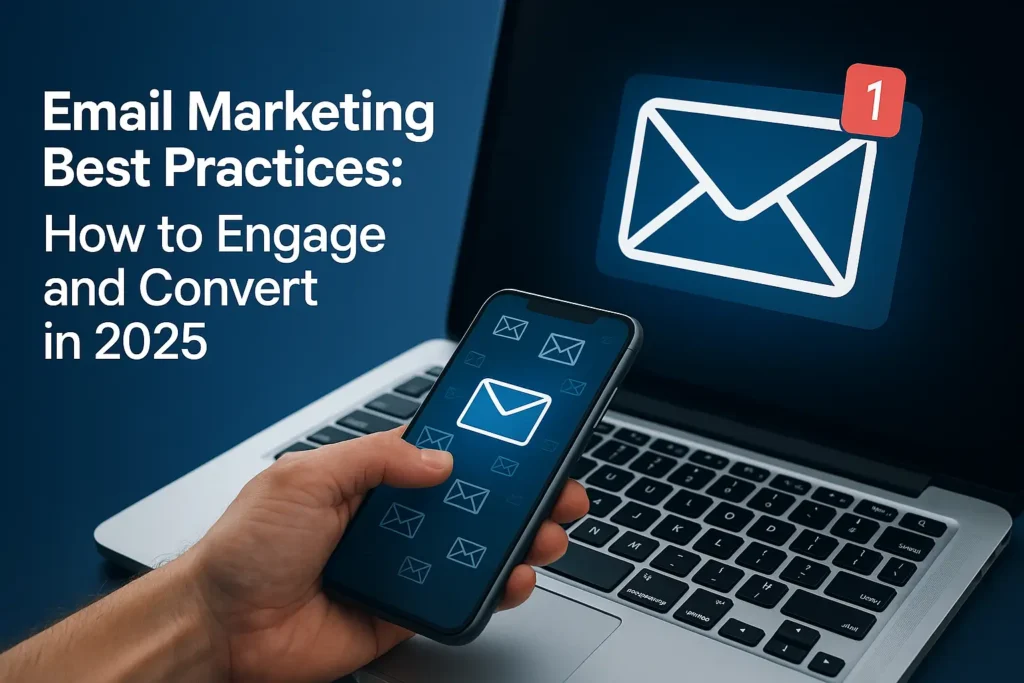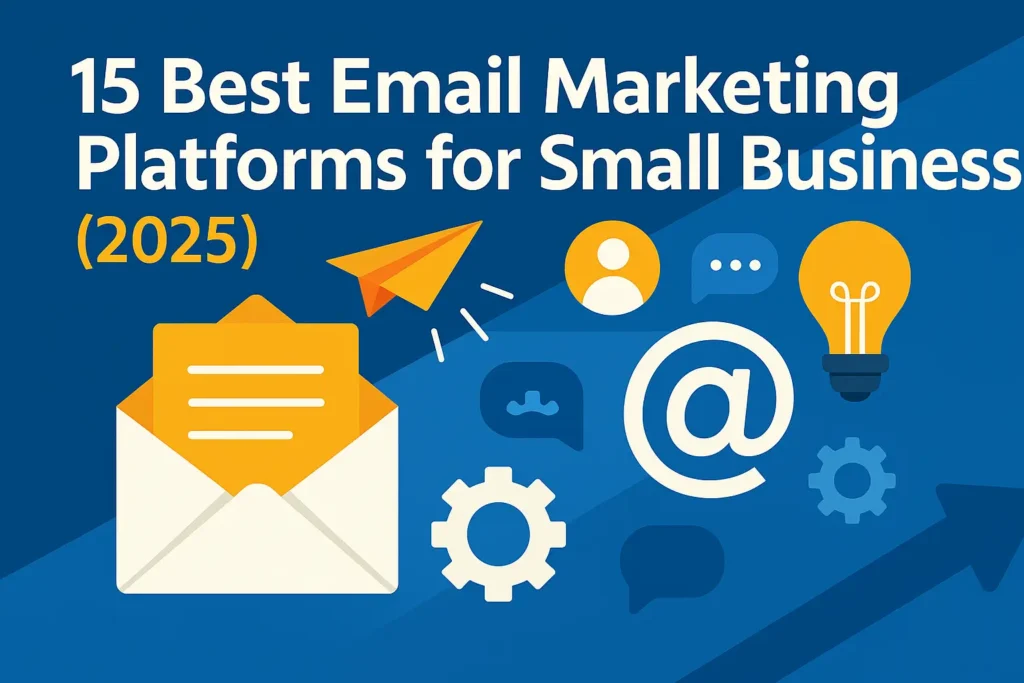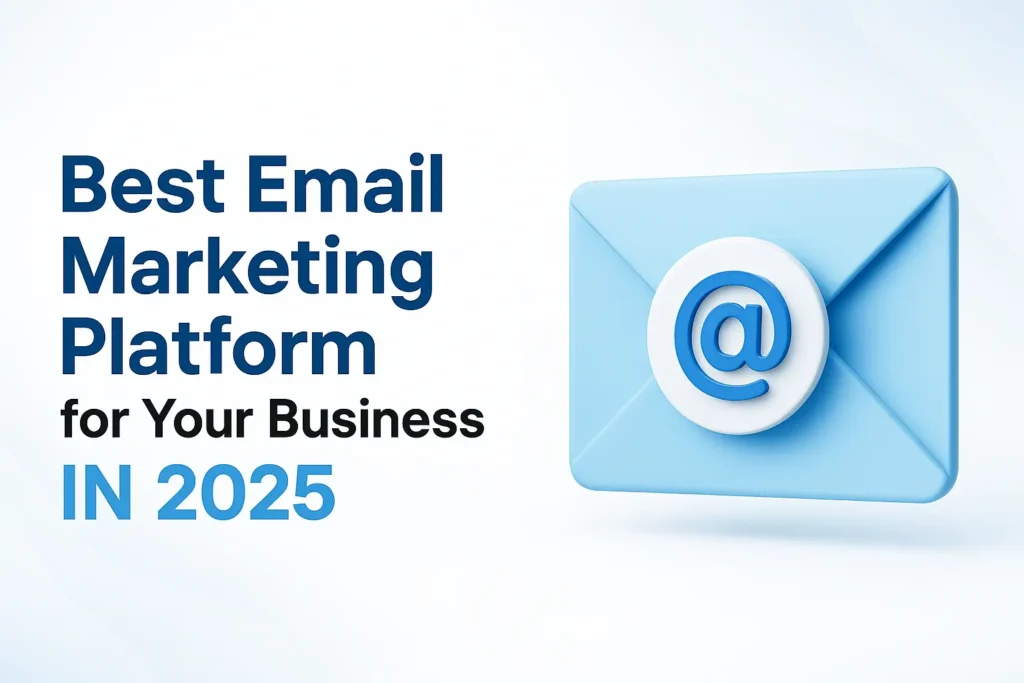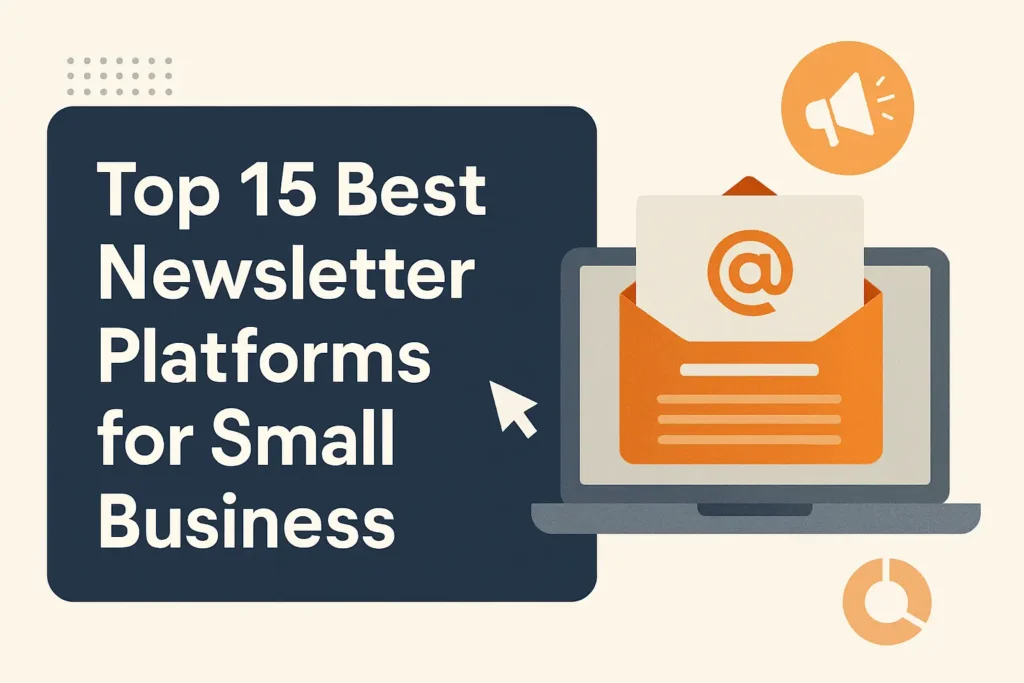If email marketing seems outdated, think again. In 2025, email still ranks among the most reliable and cost-effective digital marketing channels. But the way it’s done has changed. Success today depends on precision, personalization, and technology. And if you’re still using generic newsletters or blasting the same content to every subscriber, you’re already behind.
As someone who has helped dozens of companies rework their email programs across industries, I can confidently say that email is evolving in smart, data-driven ways. Let’s break down what an effective email marketing strategy in 2025 should really look like.

Why Email Still Matters in 2025
Social platforms are unpredictable. Search algorithms shift constantly. But email? You own it. It’s direct, measurable, and personal. The average ROI from email marketing remains strong, with some brands seeing $36–$42 return for every $1 spent. That kind of result is only possible when you move beyond batch-and-blast emails and start building experiences tailored to each user.
Read: 15 Best Email Marketing Platforms for Small Business (2025)
1. Build an Intent-Based Email List
Not all subscribers are equal. Some want product updates, others want tutorials, and some just want discounts. That’s why your strategy must start with intent-driven list building.
Instead of a basic newsletter signup, give visitors multiple subscription options. For example:
- “Send me weekly marketing tips”
- “Notify me of upcoming webinars”
- “Give me exclusive product offers”
When you know why someone joined your list, you can send what actually matters to them. That alone can boost engagement by up to 40 percent.
2. Segment Like a Pro
Segmentation isn’t optional anymore. It’s the backbone of any email strategy that performs well in 2025. Whether you’re working with 500 subscribers or 500,000, break them down into meaningful groups based on:
- Purchase history
- Location
- Industry
- Email engagement level
- Products or services viewed
For example, let’s say you’re a software company. You don’t want to send an onboarding email for your CRM product to someone who only downloaded your HR automation guide. That mismatch leads to unsubscribes.
3. Use Automation to Nurture, Not Just Sell
Marketing automation platforms are smarter than ever. Use them to build flows that match the customer journey. If someone signs up today, they should enter a welcome series. If they download a whitepaper, they might enter a product education flow.
The trick is to make these feel personal, not robotic. Use dynamic tags like:
- First name
- Company name
- Industry-specific content
- Behavior-triggered messaging (e.g., clicked on a case study)
And always make it easy for people to opt out or change preferences. Transparency builds trust.
4. Create Mobile-First Emails
Over 60 percent of emails are opened on mobile. If your email doesn’t look great on a phone, you’ve already lost the reader.
In 2025, mobile design isn’t about shrinking a desktop layout. It’s about rethinking content structure:
- Use single-column layouts
- Large, tappable buttons
- Short subject lines (under 50 characters)
- No image-heavy templates that take long to load
Your goal should be to guide the thumb, not just the eyes.
5. Subject Lines and Preheaders Still Matter
Subject lines are your first impression. And in crowded inboxes, you only have a second or two to get it right. Make them relevant, timely, and clear. Avoid spammy phrases like “Act now” or “Limited time offer.”
Try tactics like:
- Asking a question: “Struggling with low open rates?”
- Adding urgency: “Only 2 days left to join the beta”
- Personal context: “Hey Rachel, your SEO report is ready”
Always pair it with a strong preheader that supports the subject line.
6. Focus on Value, Not Volume
Sending more emails doesn’t mean more conversions. What matters is value per message. Every email should serve a purpose:
- Educate
- Solve a problem
- Share exclusive access
- Make a personalized offer
If your subscribers feel they’re constantly pitched to, they’ll tune out. But if your content helps them win at what they do, they’ll keep opening and clicking.
7. Measure What Matters
Don’t just track open rates. In 2025, you should go deeper:
- Click-to-open rate (CTOR) tells you if the content was relevant
- Conversion rate shows actual business impact
- Unsubscribe and spam complaints reveal trust issues
- Heatmaps from some platforms can show which sections people engaged with
And when you test, test with intention. A/B testing subject lines is good, but testing types of content over weeks can show much bigger insights.
8. Comply with Data and Privacy Regulations
Regulations like GDPR, CAN-SPAM, and now regional laws in countries like India and Brazil require marketers to be responsible with email data. In 2025, this isn’t a checkbox item — it’s an essential part of trust.
Make sure to:
- Collect only what’s needed
- Clearly explain how you use email data
- Make unsubscribing easy
- Clean your list regularly to remove inactive contacts
Trust is a competitive advantage. Brands that respect privacy are seeing better engagement, not worse.
9. Don’t Forget Human Touch
Even with all the tech, don’t sound like a machine. Write like you’re speaking to one person. Avoid templates that feel overly polished or mass-produced. Your emails should feel like they were crafted by someone who understands the reader’s world, their challenges, and what might help them next.
Tone matters. So does empathy. In a world where AI writes everything, human connection is what makes the difference.
Final Thoughts
A winning email marketing strategy in 2025 is part art, part science. It’s about relevance over reach. Relationships over frequency. And strategy over randomness.
If you want your campaigns to perform consistently, focus on delivering the right message to the right person at the right time. With smart segmentation, automation, clean design, and authentic content, you’ll not only get better results but build real loyalty.
FAQs
Read: Email Marketing Best Practices That Actually Work in 2025

